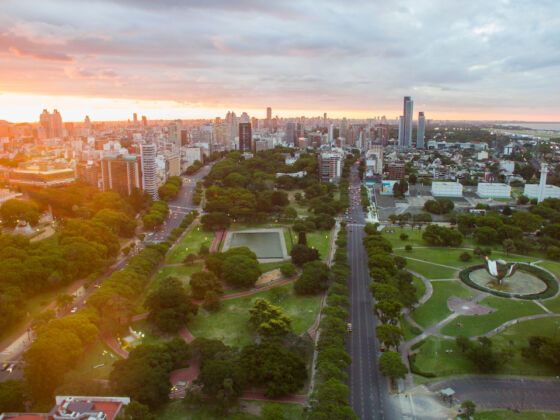1. Barracas
This area was named after the first precarious houses, known as barracas, built here by the Riachuelo more than 300 years ago. At the end of the 19th century, several factories chose Barracas as their home: Bagley (cookies & crackers, in Montes de Oca), Bizcochitos Canale (opposite Lezama park), and Chocolates Águila-Saint (in Brandsen and Herrera). The aroma of freshly baked cookies used to fill the streets.
